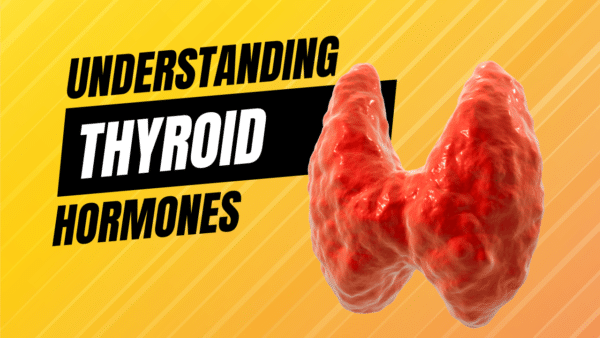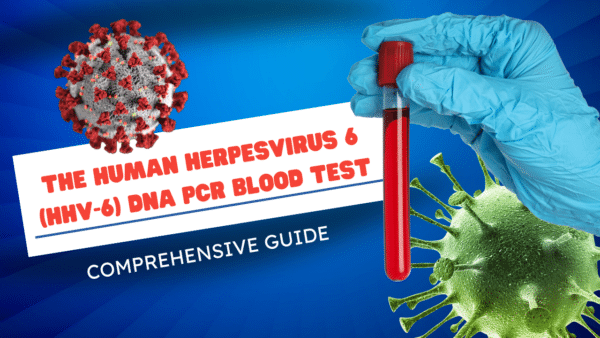Ebola virus disease (EVD), previously known as Ebola haemorrhagic fever, is a serious and often deadly disease that is spread through direct contact with infected blood or other bodily fluids. The virus causes damage to the immune system. It quickly replicates itself within human cells and can spread to all different types of cells, making it particularly malign as it invades the body’s protective systems and disables the body’s ability to fight back.
EVD was first discovered in 1976, affecting two different areas in that year: Sudan and the Democratic Republic of Congo, in a village near the Ebola River. Since that time, over twenty outbreaks have occurred in different countries, including the current outbreak in West Africa.
Current Outbreak
The current Ebola outbreak is the largest occurrence by far. It has affected more people than all of the previous outbreaks combined. The mortality rate of those infected in the past has ranged anywhere between 25 to 90 percent, with rate of the current outbreak at about 35 percent and involving over 7,000 people. Part of the reason the current outbreak has become so large is that it has infiltrated more urban and densely populated areas, where people tend to travel more from place to place. Therefore, more people are exposed and are in danger becoming infected.
Symptoms
The symptoms of EVD include many flu-like symptoms, such as fever, vomiting, diarrhea, muscle pain, and fatigue. These symptoms can first appear anywhere from two to twenty-one days after the initial contact with the virus. Therefore, many individuals carry the virus for weeks before they realize that they have been infected. This is dangerous for them, because the sooner individuals receive medical care, the better their chance of survival. It is also dangerous for the individuals with whom they have contact, who may unknowingly become infected themselves.
Blood Testing
The only way to positively identify whether or not an individual is infected with Ebola is to run a blood test with a sample of the possibly-infected blood. Anyone who has lived in or visited a high-risk area, or been in contact with someone who has, should have his or her blood tested for the virus.
How Testing Works
Testing begins with an individual going to a hospital or Ebola clinic. A technician wearing protective gloves, clothing, and facemask carefully draws a vial of blood and sends it to the lab to be analyzed. Currently, there are multiple labs across West Africa set up for the specific purpose of testing Ebola-infected blood. Results can normally be obtained within a few hours. Earlier in the epidemic and even currently, in areas where there has not been wide-spread occurrence of the virus, blood may need to be sent to distant labs, resulting in a several-day wait for results.
When the blood reaches the lab it is treated with strong chemicals that kill the virus, making it safer to handle. Genetic material that may be infected with Ebola is separated from the rest of the blood in a centrifuge. Once separated, a computer that detects fluorescence analyzes these cells. The computer can determine whether or not a person is infected; and if infected, can determine how severely the infection has taken hold.
Treatment
Although there is no currently available vaccine for Ebola, early detection is still vitally important because it can allow doctors to start to counteract the negative symptoms of Ebola before they appear. Hydration is especially important because the virus can cause one to lose a lot of fluid very quickly. Oxygen levels and blood pressure are also meticulously monitored so they can be stabilized when changes occur. Early detection, however, can be challenging. Because the symptoms of Ebola are very similar to many non-fatal diseases such as the flu, it can often be misdiagnosed in its early stages. Also, due to the sometimes lengthy incubation period of the virus, an individual may not immediately attribute his or her symptoms to contact with an infected human or animal that happened several weeks in the past.
Prevention
As with most diseases–in fact doubly so with this one–the old adage that “an ounce of prevention is worth a pound of cure” holds very true. The best method of prevention of Ebola is to be conscientious and diligent about one’s hygiene. Individuals should not use objects, such as needles, that have been in direct contact with another individual’s bodily fluids. One should also avoid direct contact with the bodily fluids of individuals who may be or are infected with Ebola.


